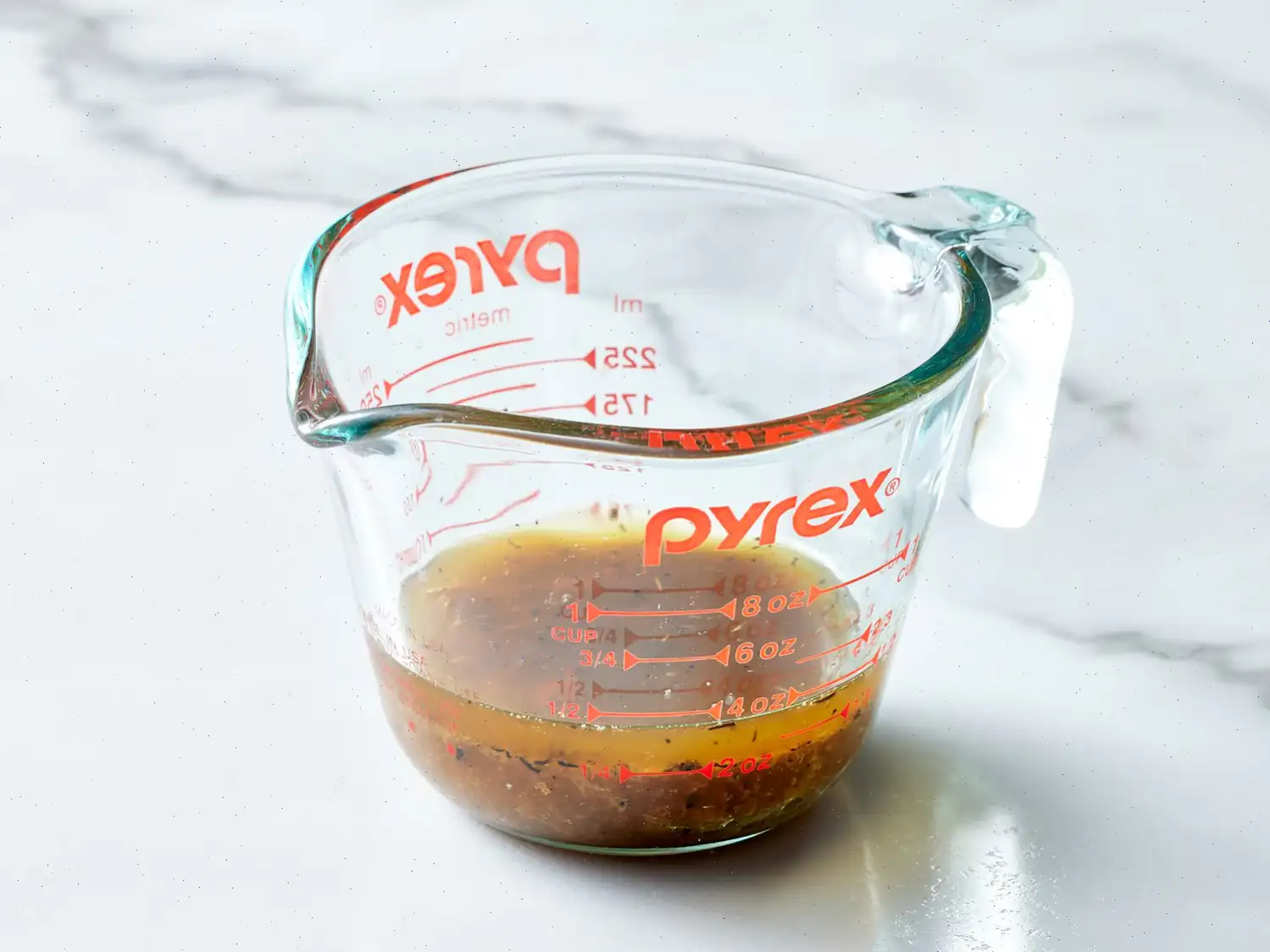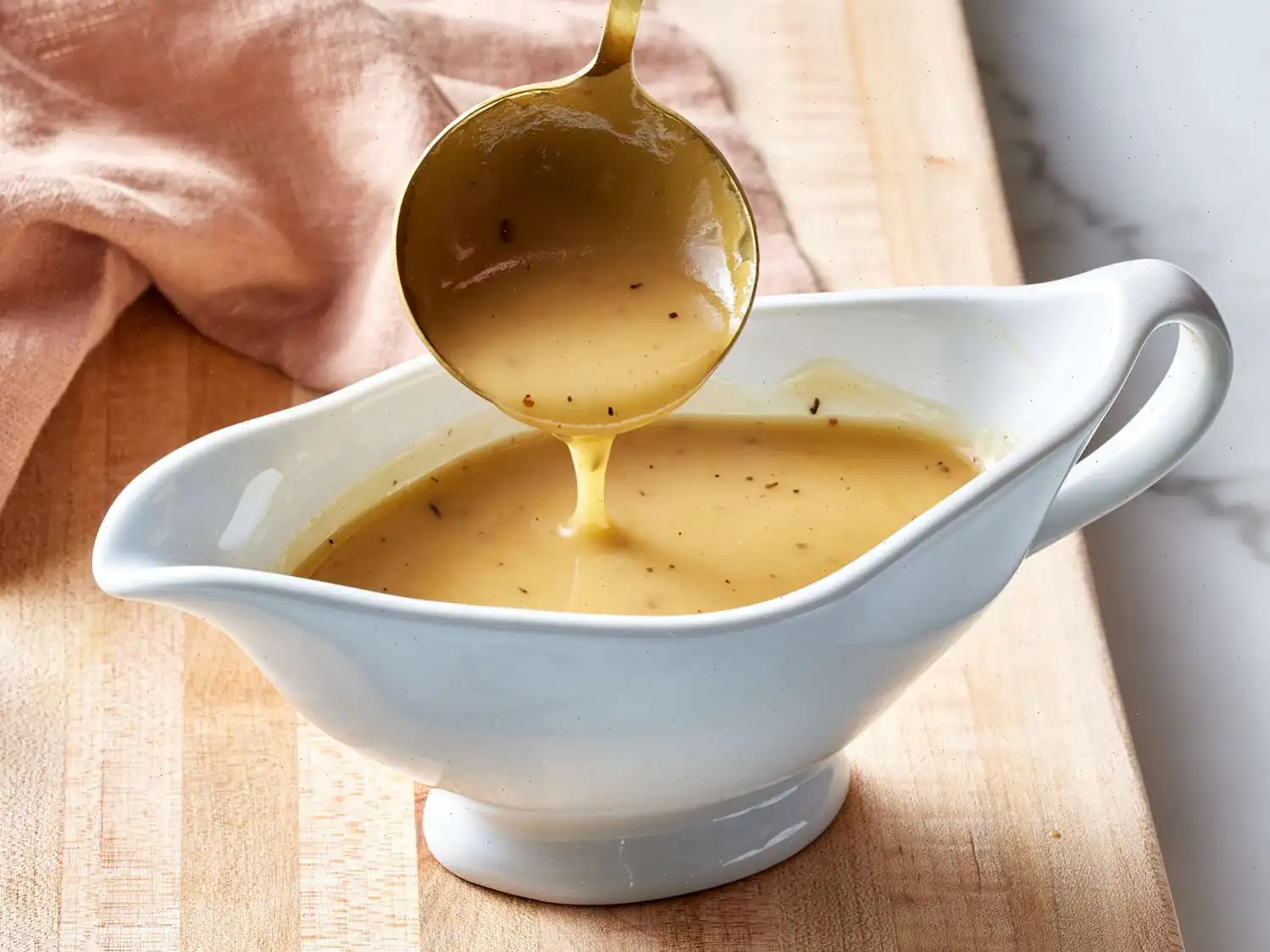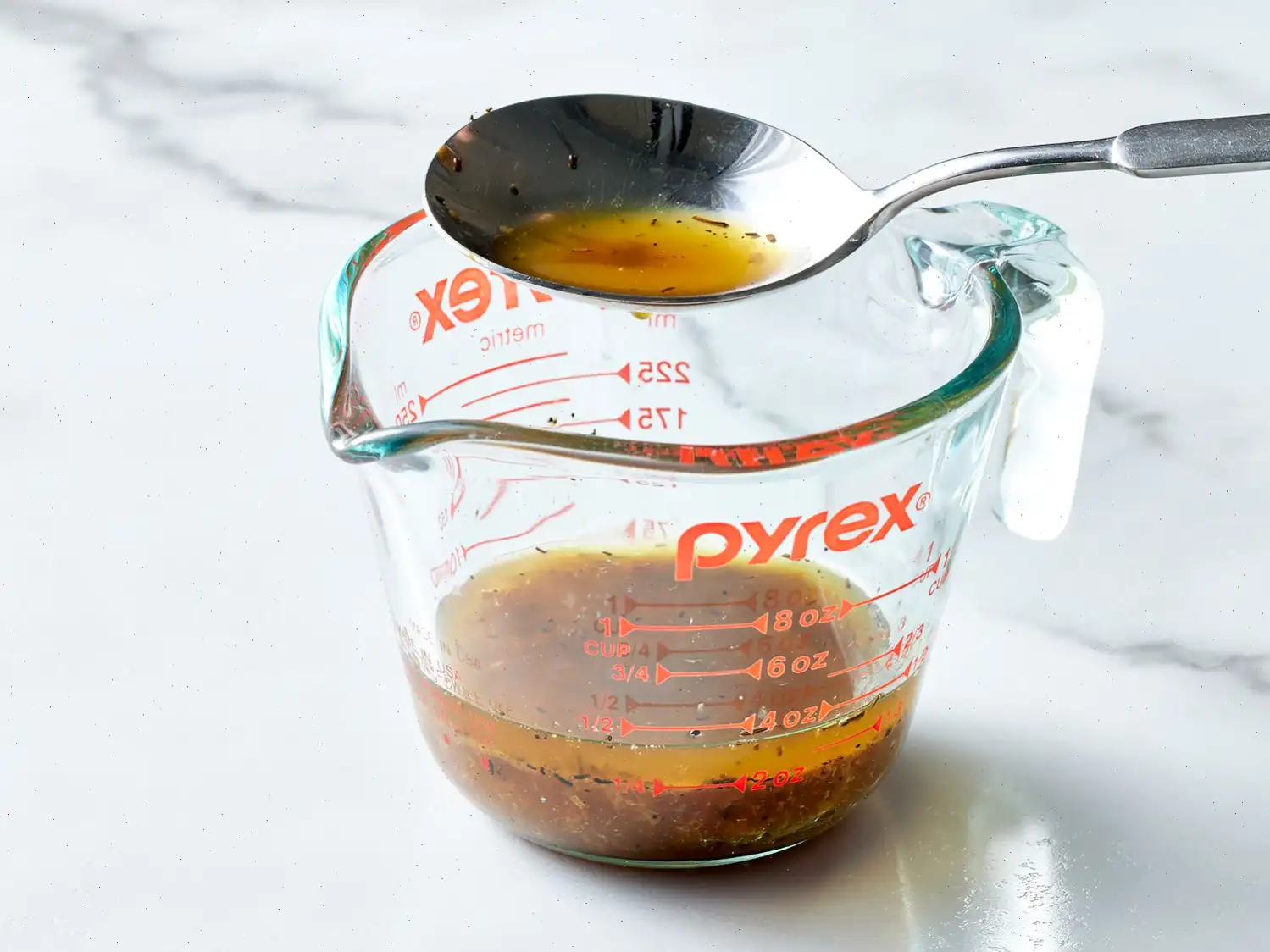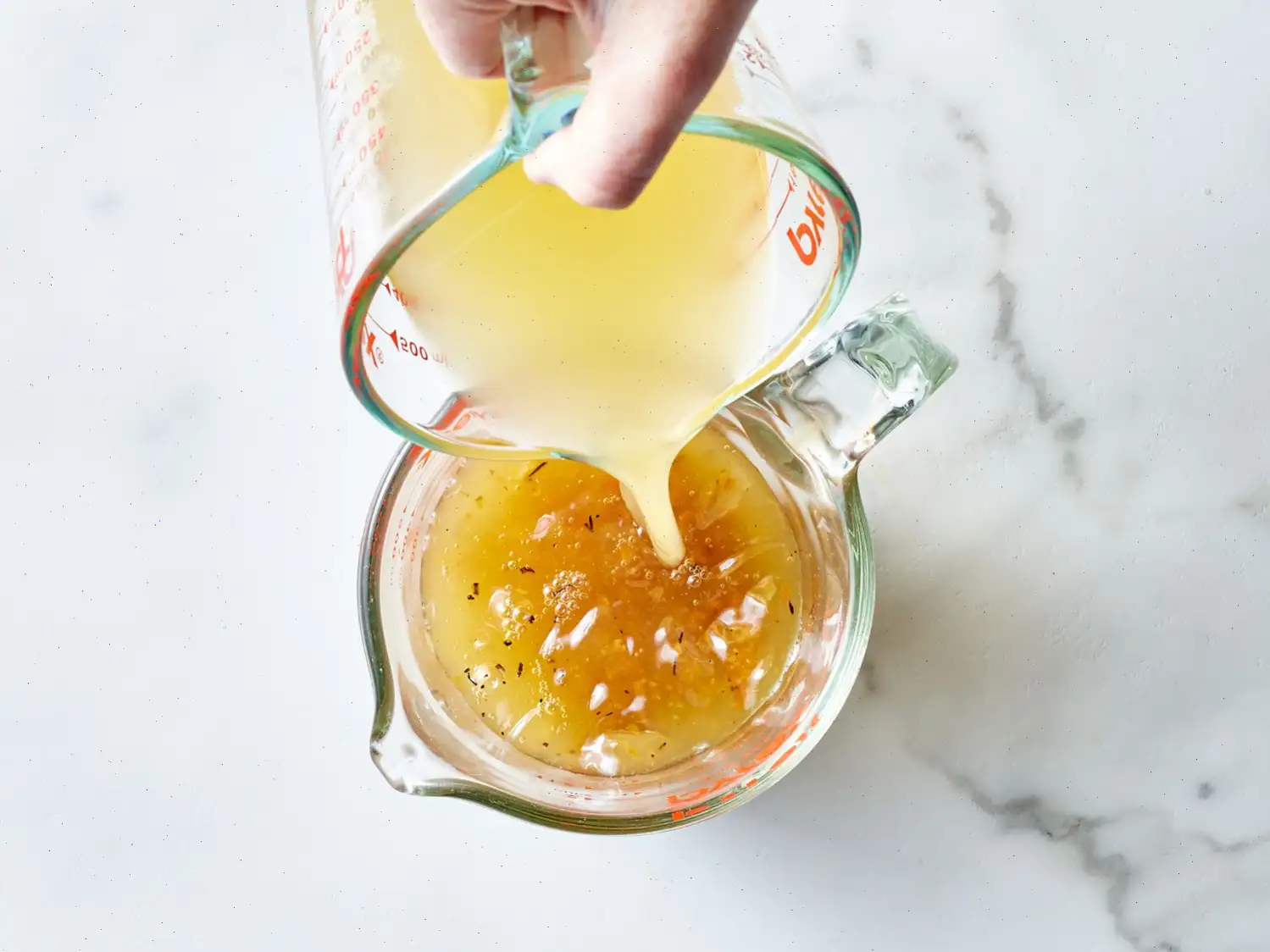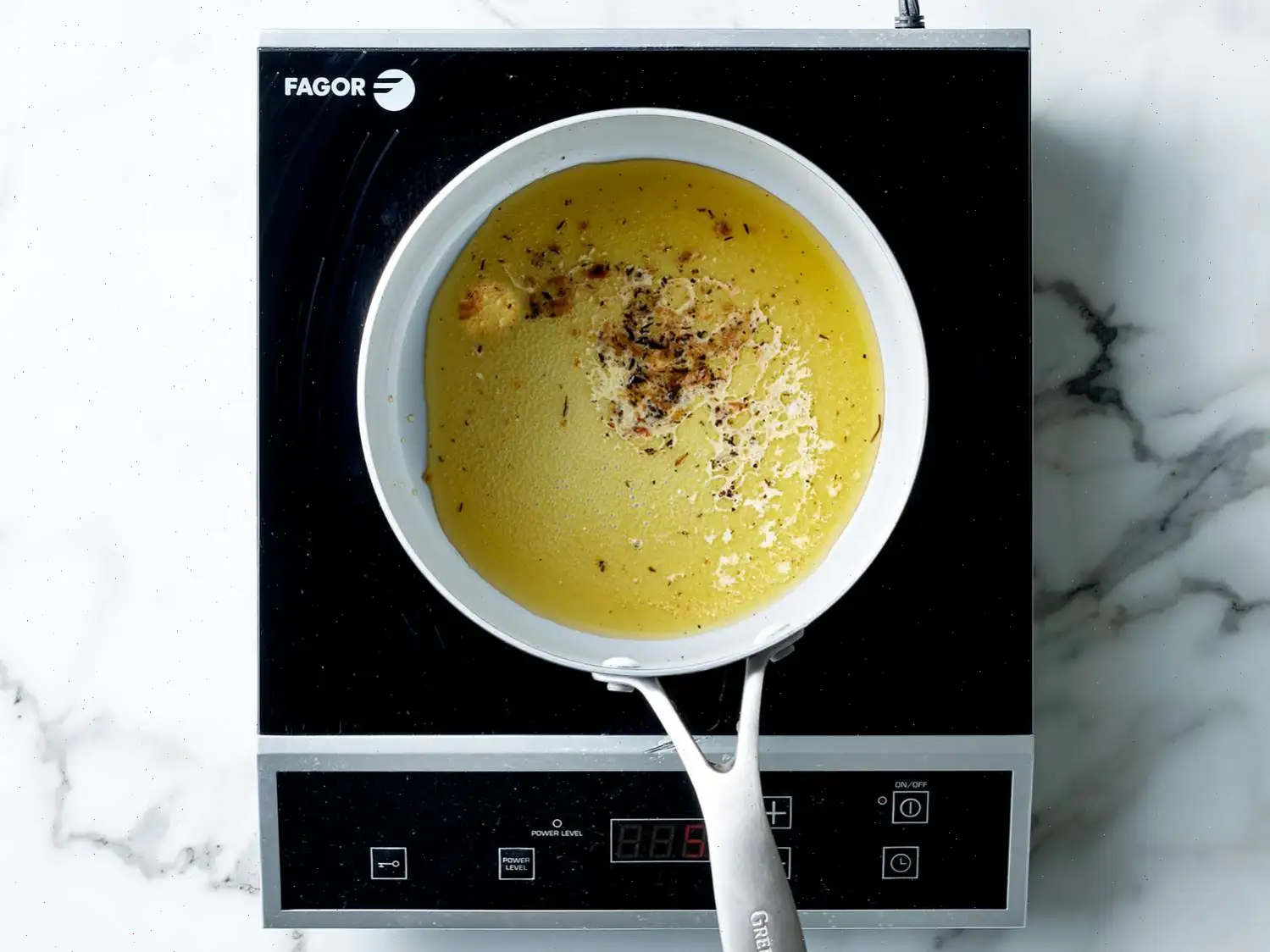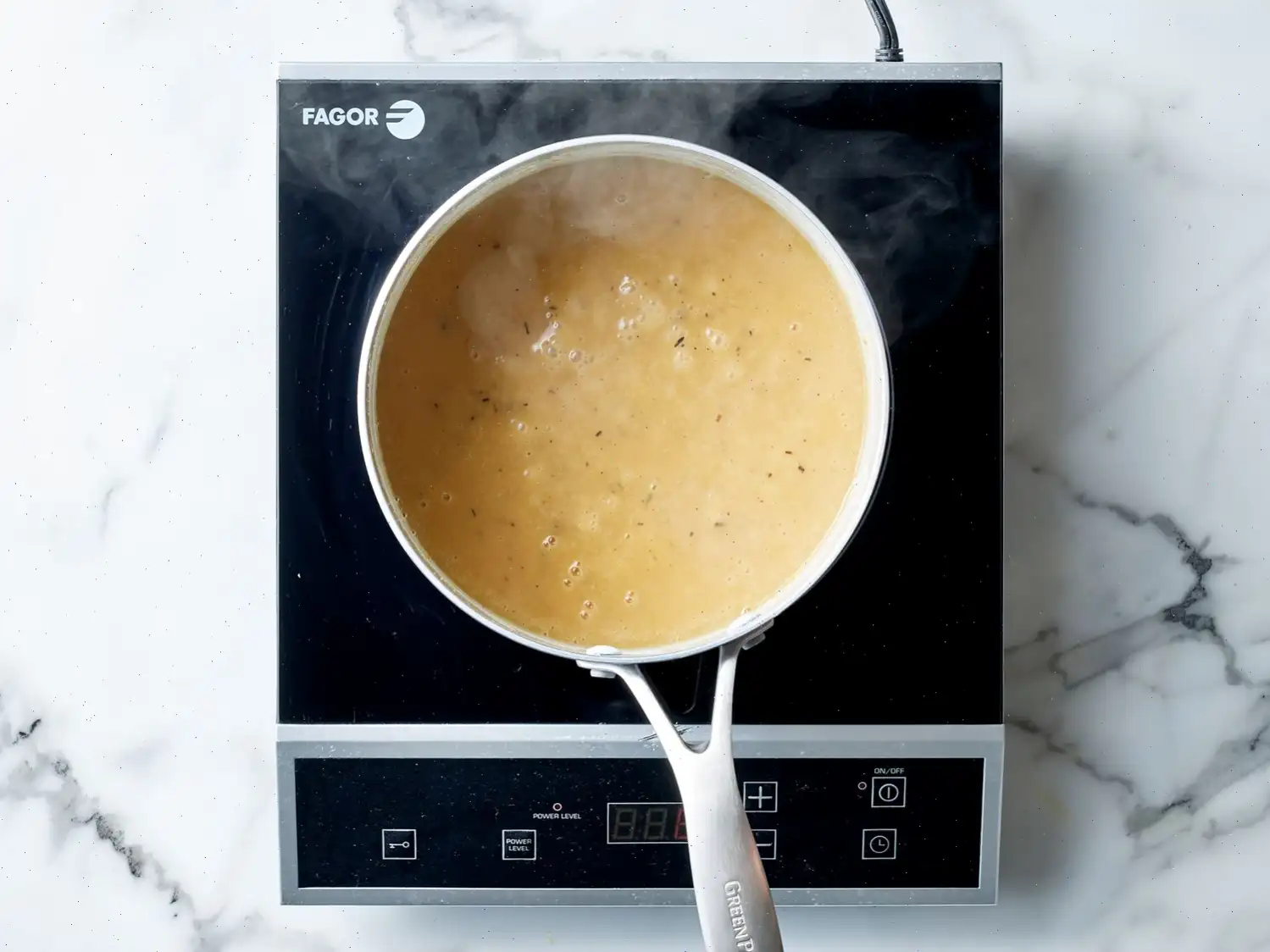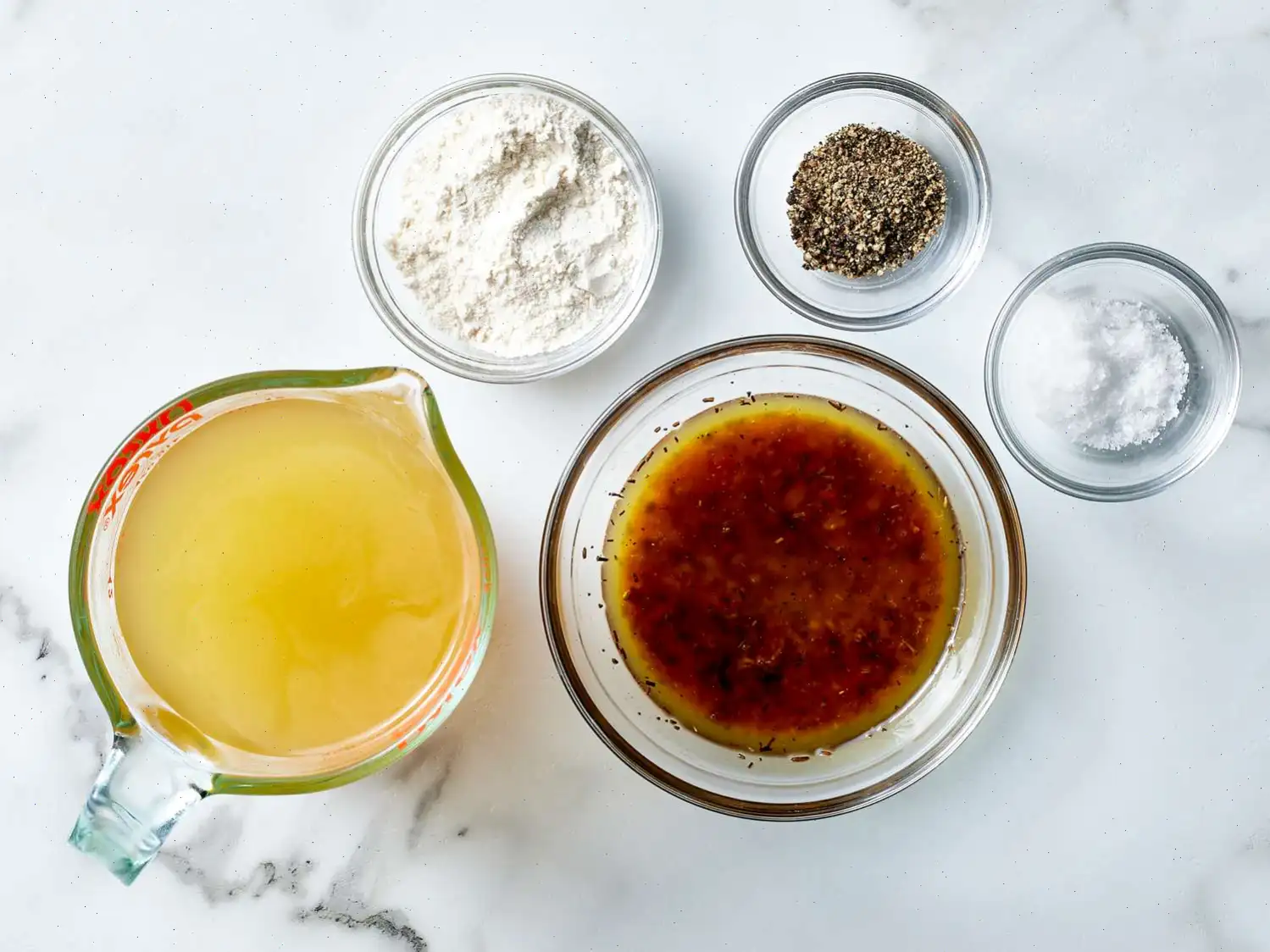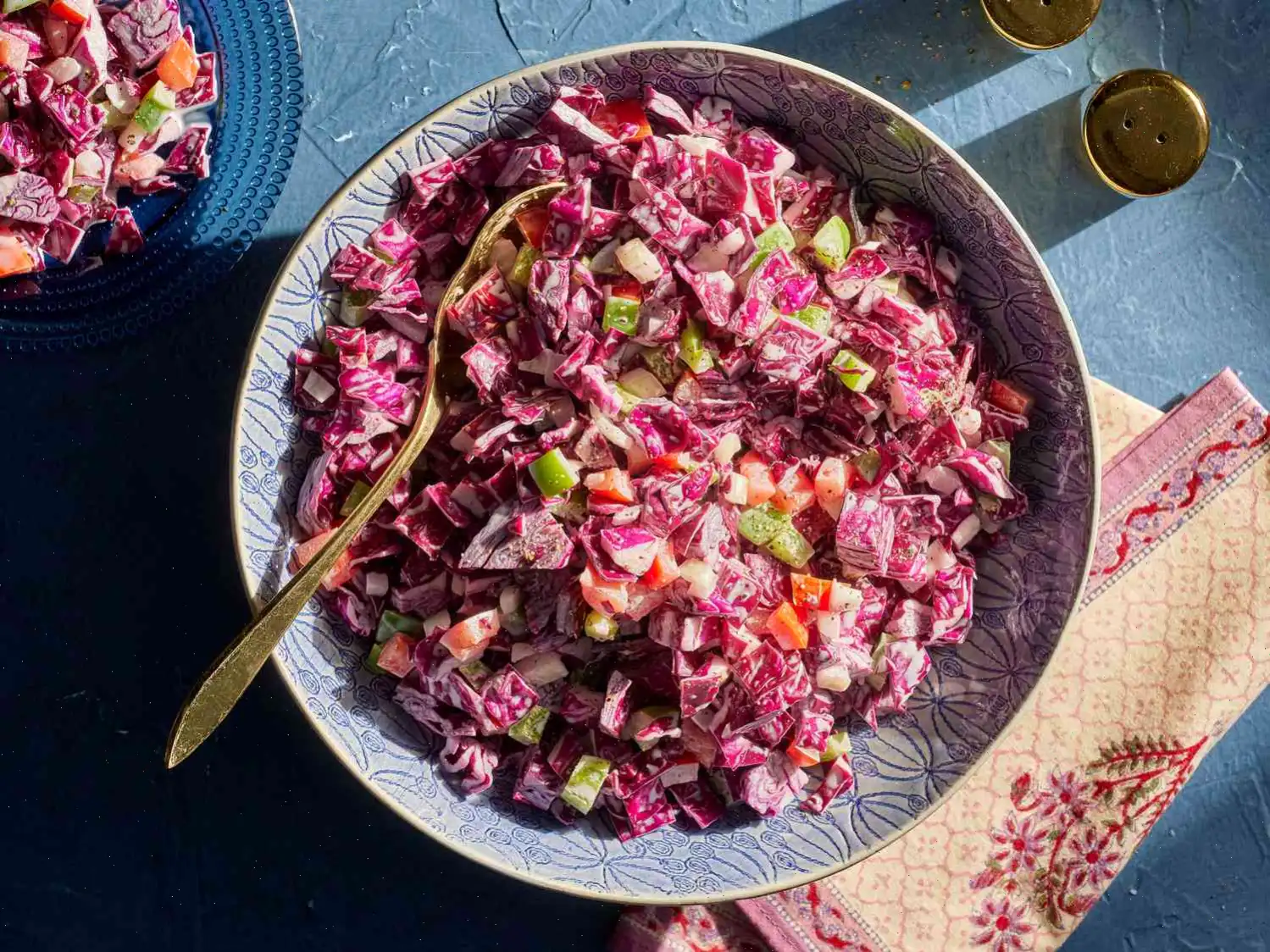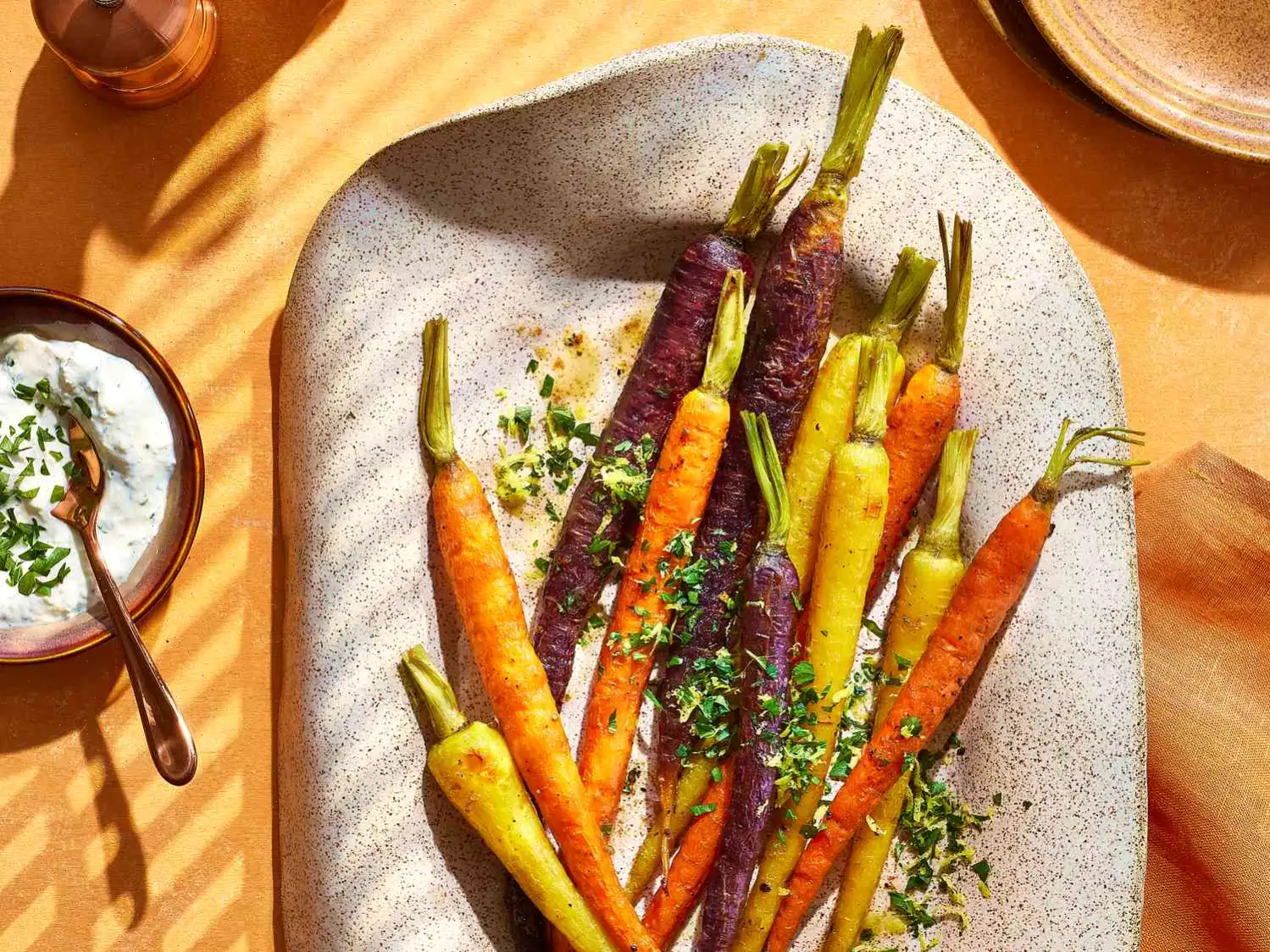
How to Make Gravy from Scratch Recipe
Every home cook should know how to make gravy from scratch. It's such a flavorful addition to any meal with roasted meat, ensuring no flavor is wasted. Below is a step-by-step guide to creating homemade chicken gravy from drippings, but it can be adapted with other meats as well.
Ingredients
- Pan drippings from roasted chicken (or cup butter if you don't have drippings)
- cup all-purpose flour
- 2 cups chicken stock or broth (store-bought or homemade)
- Salt and freshly ground black pepper to taste
Directions
Step 1: Begin by gathering all the ingredients for your gravy. Ensure the pan drippings are available or have butter ready if you're substituting.
Step 2: Pour the pan drippings into a large measuring cup, scraping any browned bits from the bottom of the pan. These little bits will add flavor to your gravy.
Step 3: Skim off the fat from the drippings and reserve it. Youll need cup of fat for the next step. If there isnt enough fat from the drippings, add butter to make up the difference.
Step 4: In a medium saucepan, pour the reserved fat and set it over medium heat. Once the fat is warm, whisk in the flour and continue to cook for 1-2 minutes, whisking constantly. This helps to cook out the raw taste of the flour.
Step 5: While the flour is cooking, add stock or broth to the remaining drippings in the measuring cup until the total amount reaches 2 cups. Slowly whisk the stock mixture into the flour and fat mixture in the saucepan. Keep whisking until fully incorporated.
Step 6: Continue to cook, stirring frequently, over medium heat. The gravy will thicken and bubble as it cooks. Stir for another minute to ensure its thickened to your desired consistency.
Step 7: Season with salt and freshly ground black pepper to taste. Adjust seasoning as needed for a rich, flavorful gravy.
Test Kitchen Tips
- The longer you cook the flour in Step 4, the more toasted it becomes. A more toasted flour results in a thinner gravy with a deeper, nutty flavor.
- Feel free to experiment with the seasoning to add more complexity. For a bolder flavor, try adding lemon pepper, poultry seasoning, garlic, rosemary, or thyme.
What to Do With Homemade Gravy
Gravy can enhance many dishes. A favorite method is to roast your turkey or chicken the day before, slice it, and place it in a casserole dish with a layer of gravy at the bottom. Reheat in the oven at 350F until the internal temperature reaches 165F. This ensures the meat remains moist and flavorful. You can also serve the gravy over mashed potatoes, chicken-fried steak, or homemade biscuits for a comforting meal.
How to Store Brown Gravy
Homemade brown gravy can be stored in an airtight for up to a week in the refrigerator. To reheat, simply bring it to a boil on the stove, stirring occasionally.
Can You Freeze Brown Gravy?
Yes, you can freeze chicken gravy for up to three months. Spoon the cooled gravy into an airtight freezer . When youre ready to use it, let it thaw overnight in the refrigerator. Transfer it to a saucepan and reheat over medium heat, whisking until heated through and bubbling.
Nutrition Facts (per serving)
| Nutrition | Per Serving |
|---|---|
| Calories | 87 |
| Total Fat | 7g |
| Saturated Fat | 4g |
| Cholesterol | 17mg |
| Sodium | 168mg |
| Total Carbohydrate | 5g |
| Dietary Fiber | 0g |
| Protein | 2g |
| Iron | 0mg |
Note: Nutrient information is based on available data. Percent Daily Values are based on a 2,000-calorie diet. Your daily values may vary depending on your calorie needs.
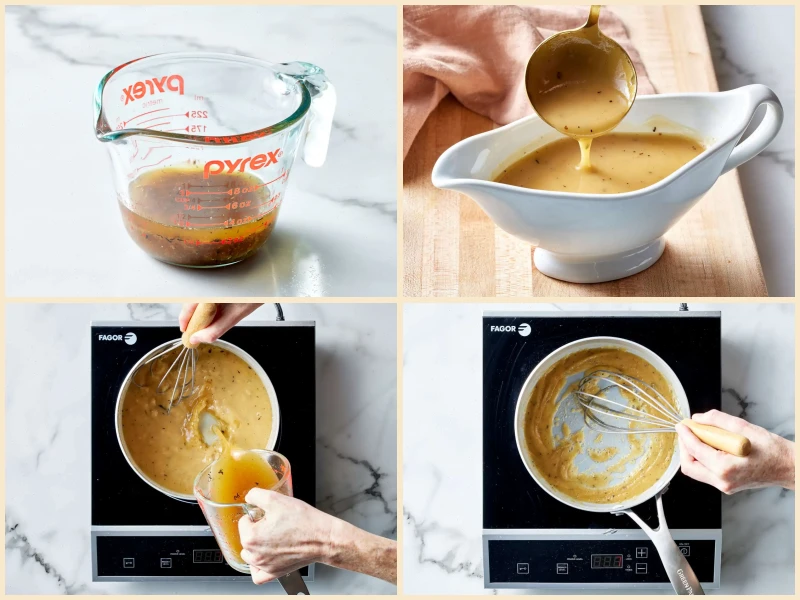

Gravy is a staple in many households, especially when it comes to meals involving roasted meats such as turkey or chicken. It's an easy, flavorful sauce that brings together the flavors of the roasted meat with the addition of seasonings and broth. Learning how to make gravy from scratch ensures a richer, more flavorful sauce than anything store-bought can provide. Heres how to prepare homemade gravy from drippings and chicken stock.
Origin of Gravy
Gravy has been around for centuries, with its origins tracing back to the Middle Ages. Originally, gravy was made from the pan juices left after cooking meat. These juices would be thickened with flour or breadcrumbs and then seasoned with herbs and spices to create a flavorful sauce. Over time, various cultures around the world developed their own versions of gravy, with subtle differences in ingredients and preparation methods. In the United States, gravy is a staple in Southern cuisine, often served over biscuits, mashed potatoes, or fried chicken.
Regional Variations of Gravy
Gravy recipes differ across regions and cultures. In the United States, for example, chicken gravy and turkey gravy are typically made from the pan drippings of roasted poultry, while brown gravy is often made from beef drippings. In the UK, brown gravy refers to a darker, richer gravy made from beef or lamb, typically paired with roast dinners. Meanwhile, in the Southern U.S., "sawmill gravy" is a creamy white gravy made from pork fat, milk, and flour, commonly served with biscuits or sausage.
How Does It Differ from Similar Dishes?
Gravy is often compared to sauces like bchamel or velout, both of which are part of the French culinary tradition. While bchamel uses milk as its base and velout uses stock, gravy is unique because it traditionally uses the fat rendered from cooking meat as the starting point. This gives gravy a more savory, meaty flavor, unlike the milder flavors of bchamel or velout. Additionally, gravies often have a thicker, more hearty consistency due to the flour used to thicken the fat and liquid mixture.
Where is Gravy Typically Served?
Gravy is most commonly served with roasted meats, especially turkey, chicken, or beef. It can be poured over mashed potatoes, biscuits, stuffing, or fried chicken. In many households, gravy is a traditional accompaniment to Thanksgiving or Christmas dinners, served alongside mashed potatoes, turkey, and stuffing. It is also a popular addition to comfort food dishes, like chicken fried steak, meatloaf, and Salisbury steak.
Interesting Facts about Gravy
- Gravy is believed to have originated in medieval Europe when cooks began using pan drippings to create flavorful sauces for meats.
- In the United States, gravy is often used as a topping for dishes such as biscuits and gravy, or poutine, a Canadian dish consisting of French fries topped with cheese curds and gravy.
- Different cultures use different fats to make gravy. For instance, in the Southern U.S., gravy is often made with bacon grease or sausage drippings, while in other regions, butter or lard is more commonly used.
- The phrase making gravy is sometimes used to describe something that is easy or effortless, which relates to the simplicity of making gravy from leftover drippings or butter and flour.
Making gravy from scratch is an easy way to elevate any meal, adding a rich and flavorful component that complements the main dish. Whether you're using turkey drippings for Thanksgiving dinner or sausage fat for a Southern-style breakfast, gravy brings everything together beautifully.
FAQ about How to Make Gravy from Scratch Recipe
Comments
Debra Adams
12/23/2023 12:41:15 PM
Great! This recipe brings back wonderful memories of my childhood. I've been making it for as long as I can remember, but now I finally have exact measurements to work with. I can now confidently pass down this recipe without leaving my loved ones wondering about vague measurements like a handful or a pinch. Thank you for sharing this recipe!
Margaret Miller
11/13/2022 03:23:49 AM
I improvised this gravy using sausage drippings, chicken broth, and eyeballing the quantities. Surprisingly, it turned out delicious, and I'm thrilled! It was my first successful attempt at making gravy. It might have been a stroke of luck, but now I have a reliable recipe to rely on. Thank you!
Catherine Lopez
05/16/2025 07:36:10 AM
Excellent recipe! I make it using store-bought rotisserie chicken. My husband absolutely adores it!
Elizabeth Wright
09/07/2023 03:23:18 AM
A must-have!
Angela Rodriguez
06/26/2023 04:49:55 PM
Simple to understand and pleasantly charming.
Patricia Williams
12/31/2024 06:12:27 PM
I only needed a small quantity so I halved the ingredients, included around 1/4 teaspoon of cornstarch in the flour, added some extra seasonings, and the result was excellent.


